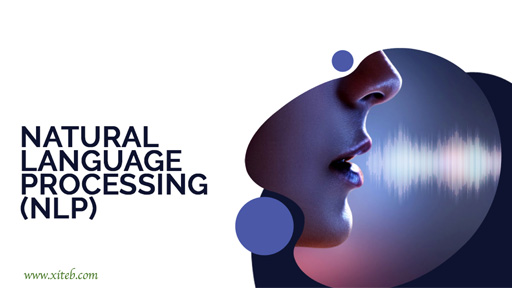Best Natural Language Processing Models Available for NLP Tasks

There are several popular natural language processing (NLP) tools available as follows and the choice of model depends on the specific task. These models have their own strengths and weaknesses for NLP tasks.

1. BERT (Bidirectional Encoder Representations from Transformers)
BERT is a language model developed by Google. It has achieved state-of-the-art results on several NLP tasks such as question answering, sentiment analysis, and named entity recognition. BERT is known for its ability to understand the context and meaning of words in a sentence.
BERT is a pre-trained language model that has been trained on a large corpus of text data, using a task called Masked Language Modeling (MLM) and a task called Next Sentence Prediction (NSP). The MLM task involves masking certain words in a sentence and then predicting what those words are, based on the context of the surrounding words. The NSP task involves predicting whether two sentences are consecutive in the corpus or not.
After pre-training, the BERT model can be fine-tuned for a specific NLP task, such as text classification or question answering. The fine-tuning process involves adjusting the parameters of the pre-trained model to optimize its performance on the specific task.
2. GPT-3 (Generative Pre-trained Transformer 3)
GPT-3 is a state-of-the-art language model developed by OpenAI. It has been trained on a massive amount of text data and can perform a variety of NLP tasks such as text generation, summarization, and translation. GPT-3 is considered one of the most powerful language models to date.
3. RoBERTa (Robustly Optimized BERT Pre-training Approach)
RoBERTa is an improved version of BERT that was developed by Facebook. It has achieved better results than BERT on several NLP tasks, including question answering and language understanding.
RoBERTa was developed by Facebook AI Research in 2019 and is an extension and optimization of the original BERT model.
RoBERTa uses a similar architecture to BERT, which includes a bidirectional transformer model, but it is trained using additional optimization techniques such as dynamic masking, byte-level BPE encoding, and training on larger batches of data. These techniques improve the performance of the model on a wide range of NLP tasks, including text classification, sentiment analysis, and question answering.
4. T5 (Text-to-Text Transfer Transformer)
T5 is a language model developed by Google. It is a transformer-based model that can perform a wide range of NLP tasks such as summarization, translation, and question answering. T5 has achieved state-of-the-art results on several benchmarks.
5. XLNet (eXtreme Multi-Label Learning Network)
XLNet is a language model developed by Carnegie Mellon University and Google. It uses an autoregressive language modeling objective and a permutation-based training method to achieve state-of-the-art results on several NLP tasks.
6. NLTK (Natural Language Toolkit)
NLTK is a popular open-source Python library for natural language processing (NLP) tasks such as tokenization, stemming, tagging, parsing, and machine learning.. It provides a suite of tools and resources for working with human language data, including functions for tokenization, stemming, lemmatization, part-of-speech tagging, chunking, parsing, and machine learning.
7. spaCy
spaCy is a Python library for advanced NLP tasks, including named entity recognition, part-of-speech tagging, dependency parsing, and text classification.
8. Stanford CoreNLP
Stanford CoreNLP is a suite of Java tools for NLP tasks such as named entity recognition, sentiment analysis, and dependency parsing.
9. Gensim
Gensim is a Python library for topic modeling and document similarity analysis.
It was developed by Radim Řehůřek and Petr Sojka in 2008 and has since become a popular tool among NLP researchers and practitioners. Gensim provides an easy-to-use interface for building, training, and using topic models such as Latent Dirichlet Allocation (LDA) and Latent Semantic Analysis (LSA). It also includes algorithms for document similarity analysis, text summarization, and word embedding techniques such as Word2Vec and FastText.
10. Word2Vec
Word2Vec is a neural network-based tool for generating word embeddings, which are vector representations of words that capture their semantic and syntactic meanings.
11. FastText
FastText is a library for efficient learning of word representations and sentence classification.
12. OpenNLP
OpenNLP is a suite of Java tools for NLP tasks such as named entity recognition, part-of-speech tagging, and sentence segmentation.
13. AllenNLP
AllenNLP is a Python library for building and evaluating state-of-the-art deep learning models for NLP tasks such as text classification, question answering, and language modeling.
These are just some of the top NLP tools available, and the choice of tool depends on the specific task and the programming language used.



1 Comment
James · April 21, 2023 at 8:52 am
very useful article.. thanks a lot Xiteb team..